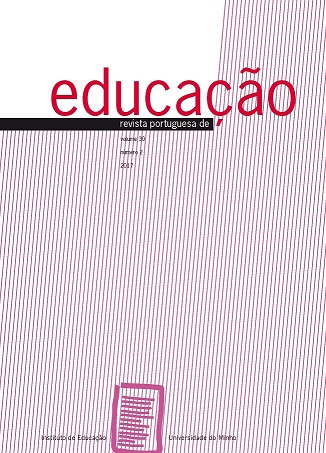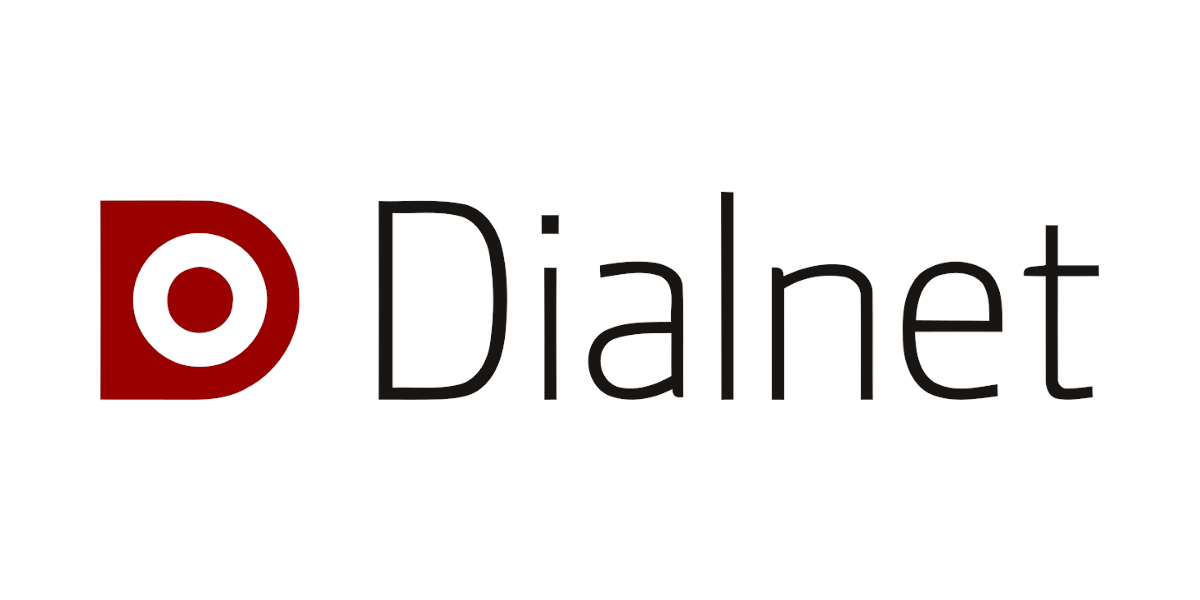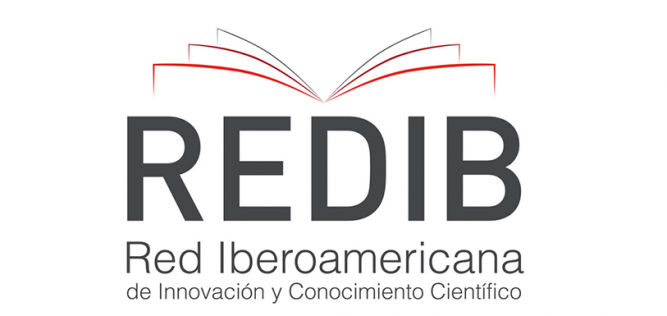Distintas competencias en el proceso de conversión del lenguaje natural al algebraico
DOI:
https://doi.org/10.21814/rpe.10096Abstract
El uso de distintos registros semióticos y el cambio de uno a otro son características de la actividad cognitiva en matemáticas, y las dificultades asociadas a esos cambios fuentes de incomprensión y dificultades de aprendizaje. En el cambio del lenguaje natural al algebraico intervienen al menos dos tipos de competencias: manejar estructuras sintácticas en lenguaje verbal y movilizar mentalmente conceptos matemáticos implícitos en los enunciados. Para estudiar la incidencia de cada una de ellas, las dificultades que presentan y su interrelación, en este trabajo diseñamos un cuestionario, lo aplicamos a un grupo de estudiantes de Ingeniería y analizamos los resultados mediante contrastes de hipótesis, extrayendo conclusiones aplicables al diseño de instrucción. Los resultados muestran diferencias estadísticamente significativas en función tanto del llamado carácter congruente o no del cambio de registro semiótico, como de la complejidad sintáctica del enunciado.
Palabras-clave: Lenguaje Verbal; Lenguaje Algebraico; Conversión; Complejidad Sintáctica
ABSTRACT
The use of different semiotic registers and the change of register are characteristics of the cognitive activity in mathematics, and the difficulties associated to these changes a source of incomprehension and learning difficulties. In the conversion process from the natural to the algebraic language, at least two types of cognitive skills are involved: to handle syntactic structures in natural language, and to mentally mobilize the mathematical concepts expressed in the text. In order to study the relevance of each skill, the associated difficulties and interrelationship, we designed a questionnaire, handed it out to a group of Engineering students, and analyzed the results by means of statistical hypothesis testing, from which we obtained conclusions applicable to teaching design. The results show differences depending on the so-called congruence of the semiotic register change, as well as on the verbal statement of syntactic complexity.
Keywords: Verbal Language; Algebraic Language; Conversion; Syntactic Complexity
Downloads
References
Dreyfus, T. (1991). Advanced mathematical thinking processes. In D. Tall (Ed.), Advanced mathematical thinking (pp. 25-41). Netherlands: Kluvert Academic Publishers.
Duval, R. (1993). Registres de représentations sémiotiques et fonctionnement cognitif de la pensée. Annales de Didactique et de Sciences Cognitives, 5, 37-65.
Duval, R. (1995). Sémiosis et pensée humaine. Registres sémiotiques et apprentissages intellectuels. Berna: Peter Lang.
Duval, R. (2004). Los problemas fundamentales en el aprendizaje de las matemáticas y las formas superiores del desarrollo cognitivo. Cali: Universidad del Valle.
Duval, R. (2006a). A cognitive analysis of problems of comprehension in a learning of mathematics. Educational Studies in Mathematics, 61(1-2), 103-131.
Duval, R. (2006b). Un tema crucial en la educación matemática: La habilidad para cambiar de registro de representación. La Gaceta de la Real Sociedad Matemática Española, 9(1), 143-168.
Fedorenko, E., Gibson, E., & Rohde, D. (2007). The nature of working memory in linguistic, arithmetic and spatial integration processes. Journal of Memory and Language, 56, 246-269.
Golding, G. (1998a). Representational systems, learning, and problem solving in mathematics. Journal of Mathematical Behaviour, 17(2), 137-165.
Golding, G. (1998b). The PME Working Group on representations. Journal of Mathematical Behaviour, 17(2), 283-301.
Kaput, J. (1987). Towards a theory of symbol use in mathematics. In C. Janvier (Ed.), Problems of representation in mathematics learning and problem solving (pp.159-196). Hillsdale, USA: Lawrence Erlbaum Associates.
Kintsch, W. (1998). Comprehension. A paradigm for cognition. Cambridge: Cambridge University Press.
Pimm, D. (1987). Speaking mathematically: Communication in mathematics classrooms. London: Routledge & Kegan Paul.
Puig, L., & Cerdán, F. (1988). Problemas aritméticos escolares. Madrid: Síntesis. Real Academia Española de la Lengua (2010). Nueva gramática de la lengua española. Manual. Madrid: Espasa.
Salvador F. (1985). Los índices de complejidad sintáctica, instrumentos de evaluación de la expresión escrita: Estudio experimental en el ciclo medio de EGB. Enseñanza, 3, 59-81.
Shapiro, S. (1997). Philosophy of mathematics. Structure and ontology. Oxford: Oxford University Press.
Valentin, J. D., & Chap-Sam, L. (2005). Roles of semantic structure of arithmetic word problems on pupils’ ability to identify the correct operation. International Journal for Mathematics Teaching and Learning, May, 1-14. Disponible en: http://www.cimt.org.uk/journal/valentin.pdf
Van Dijk, T. A., & Kintsch, W. (1983). Strategies of discourse comprehension. New York: Academic Press.
Villegas, J. L., Castro, E., & Gutiérrez, J. (2009). Representaciones en resolución de problemas: Un estudio de caso con problemas de optimización. Electronic Journal of Research in Educational Psychology, 7(17), 279-308. Disponible en: http://www.redalyc.org/articulo.oa?id=293121936015
Downloads
Published
How to Cite
Issue
Section
License
1. The authors preserve their authorship and grant the Portuguese Journal of Education the right to the first publication. The work is licensed under Creative Commons Attribution License that allows sharing the work with the acknowledgment of initial authorship and publication in this Journal.
2. The authors have the right to take additional contracts separately, for non-exclusive distribution of the published version of their work (e.g. to deposit in an institutional repository or as a book chapter), acknowledging the initial authorship and publication in this Journal.
3. The authors have the permission and are stimulated to post their work online (e.g. in an institutional repository or on their personal website). They can do this at any phase of the editorial process, as it may generate productive changes, as well as increase impact and article citation (see The Open Citation Project).
The work is licensed under Attribution-ShareAlike 4.0 International (CC BY-SA 4.0)



















